By Lieutenant Colonel Dominic J. Caraccilo
Patrick K. O’Donnell, founder of The Drop Zone, an award-winning Web site that is a virtual community for veterans of World War II, makes his mark as an author in a dramatic and poignant oral history. Beyond Valor: World War II’s Ranger and Airborne Veterans Reveal the Heart of Combat (The Free Press, New York, 2001, 366 pp., maps, photographs, illustrations, appendices, notes, bibliography, index, $26.00 hardcover) is an important addition to the reporting of World War II oral histories—much like the seminal work of Stephen Ambrose. It includes interviews from battle participants—in their own words, free from editorial embellishment and hindsight analyses. But this book is different from other World War II narratives because the author has chosen an elite body of soldiers by which to convey various battles. The Rangers, Airborne paratroopers, and Special Operations Forces took part in every major campaign in the European Theatre. To hear the battles from the perspective of these elite soldiers adds an important voice to the narrative history of World War II. O’Donnell interviewed hundreds of American paratrooper and Ranger veterans. Preceding each compartmentalized collection of personal vignettes, he offers a short synopsis and accompanying maps of battles.
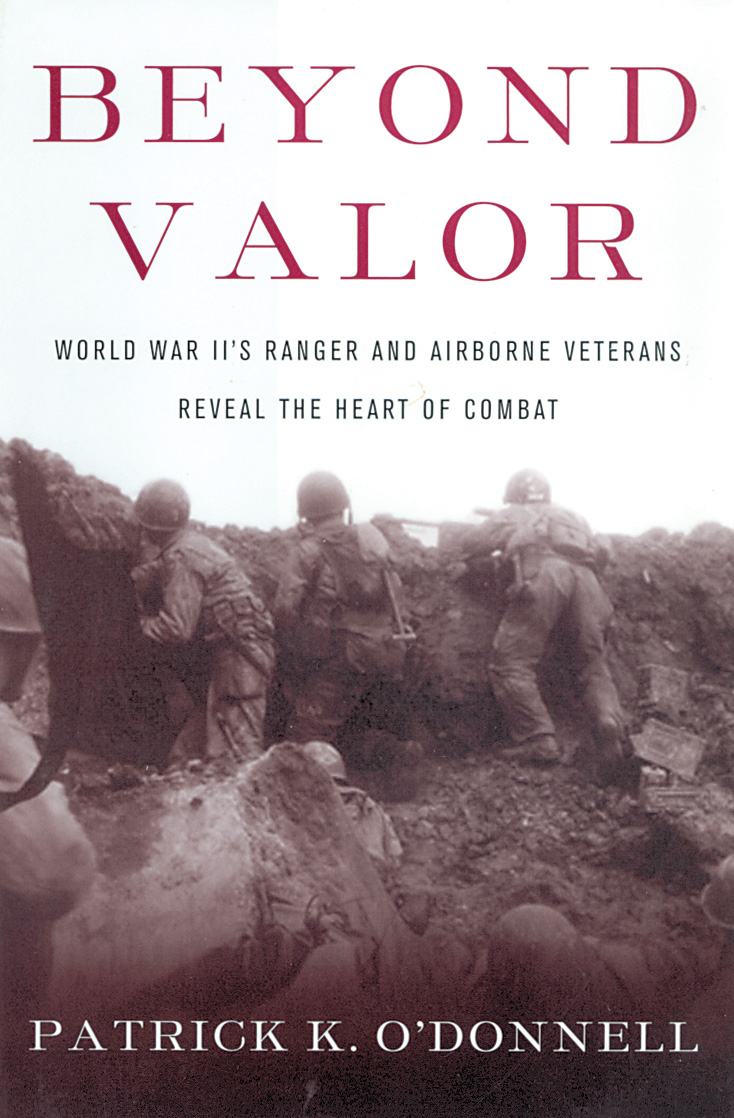 O’Donnell covers the territory, from North Africa to Italy, France, and Germany. Men like William Yarborough, a pioneer in the airborne community who designed the airborne qualification badge; Edson Raff, retired general and former commander of the famed 509th Parachute Infantry; Bradley Biggs, the first paratrooper and member of the “Triple Nickels”; and Dutch Schultz, one of the characters portrayed in The Longest Day, are among the many men interviewed, offering what the publisher calls “the first pointilistic history of the entire European theater.”
O’Donnell covers the territory, from North Africa to Italy, France, and Germany. Men like William Yarborough, a pioneer in the airborne community who designed the airborne qualification badge; Edson Raff, retired general and former commander of the famed 509th Parachute Infantry; Bradley Biggs, the first paratrooper and member of the “Triple Nickels”; and Dutch Schultz, one of the characters portrayed in The Longest Day, are among the many men interviewed, offering what the publisher calls “the first pointilistic history of the entire European theater.”
The most notable interviews, however, are from those mainstream Americans who offered their lives to the war years. Their descriptions of their service as part of American’s elite troops is captivating. O’Donnell lets each veteran tell his story fully. In some cases, veterans for the first time release emotions and bitter memories that have been bottled up for 60 years. Many of the stories are powerful and moving, even emotionally overwhelming—like that of the Ranger who describes the helpless feeling of seeing his buddies cut down by machine-gun fire rushing ashore at Anzio or attacking a German bunker.
This is an easy-to-read book with helpful maps and is bound to be a World War II classic. It tells the hidden story through oral and e-mail histories of America’s best infantry troops who fought in World War II’s European Theatre—paratroopers, glidermen, Rangers, and the 1st Special Service Force.
Recent and Recommended
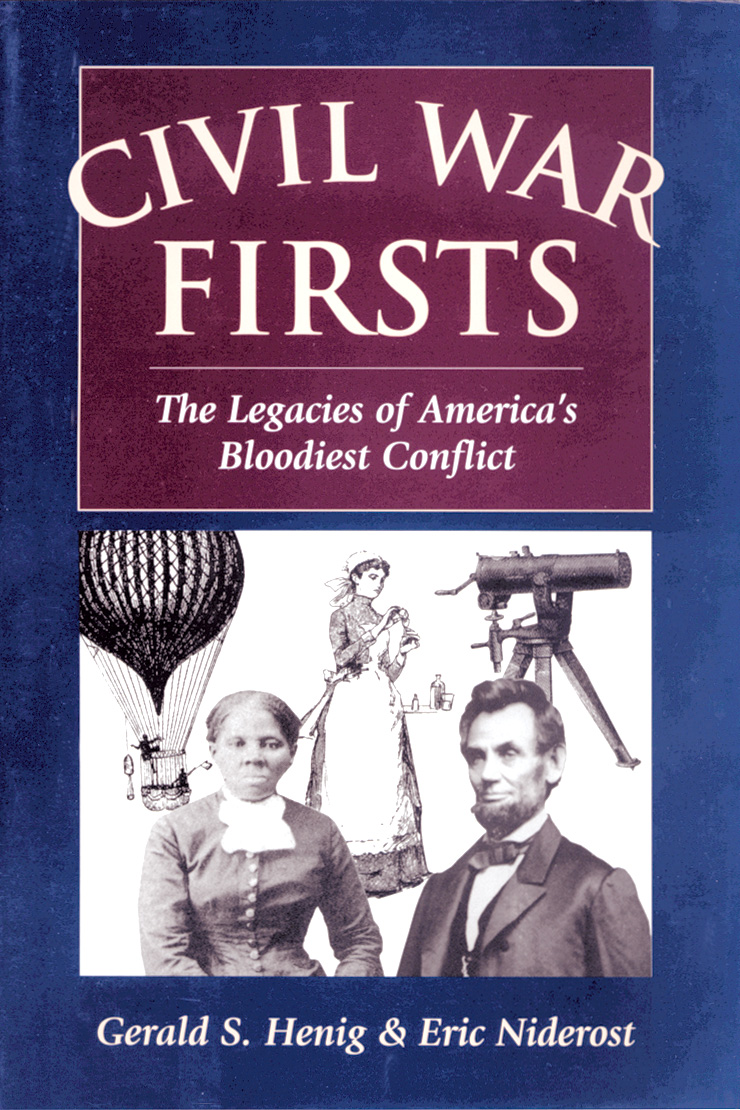 Civil War Firsts: The Legacies of America’s Bloodiest Conflict, by Gerald S. Henig & Eric Niderost, Stackpole, Mechanicsburg, Pa., 2001, 434 pp., notes, bibliography, and index; $29.95 hardcover
Civil War Firsts: The Legacies of America’s Bloodiest Conflict, by Gerald S. Henig & Eric Niderost, Stackpole, Mechanicsburg, Pa., 2001, 434 pp., notes, bibliography, and index; $29.95 hardcover
The Civil War was a tumultuous time that changed the American way of life. Authors Henig and Niderost, successful academicians, historians, and widely published authors, provide an investigative, comprehensive look at the actual changes produced by the War Between the States. Although thousands of books have been written about the war, no single volume documents in detail the many firsts experienced by Americans as a result of the war. Civil War Firsts: The Legacies of America’s Bloodiest Conflict fills that void.
The authors claim that the Civil War was a vast and profound transitional event without parallel in American history. The transformations, technological innovations, and adaptations to the American way of life are all presented in this well-researched and smartly compartmentalized book. It is a mandatory addition to any Civil War library.
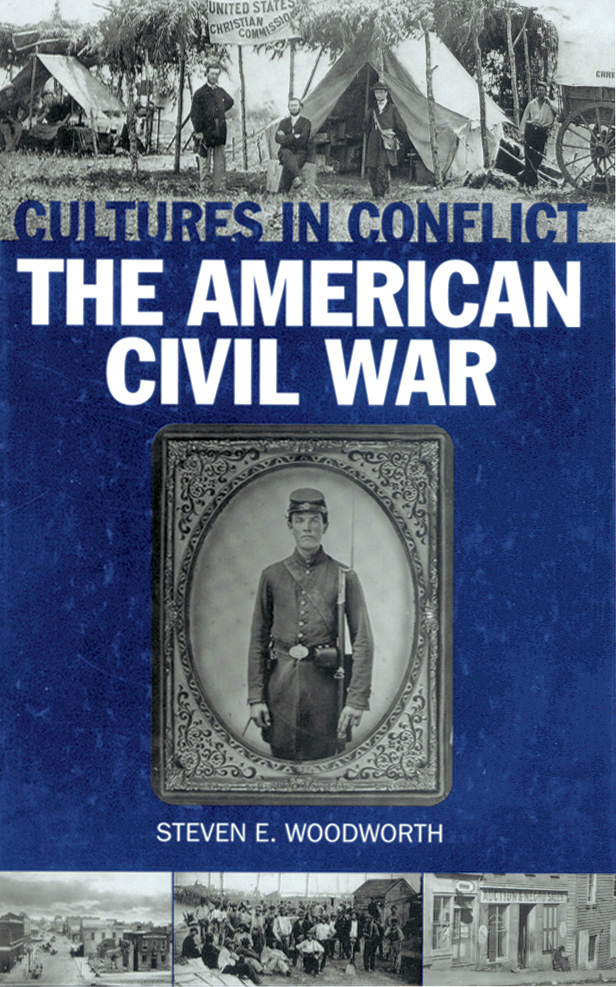
Cultures in Conflict: The American Civil War by Steven E. Woodworth, John Wiley & Sons, New York, Burd Street Press, 2000, 220 pp., photographs, illustrations, maps, bibliography, and index; $45.00 hardcover
Cultures in Conflict: The American Civil War describes the Civil War as primarily a conflict of cultures, with slavery as the largest single cultural factor separating North and South. Woodworth’s collection of carefully selected memoirs, diaries, letters, and reminiscences of ordinary Northerners and Southerners who experienced the war as soldiers or civilians brings to life the conflict in ways of life, principles, and attitudes.
A Civil War historian and professor of history at Texas Christian University in Fort Worth, Woodworth is the author of several books including The American Civil War, Jefferson Davis and his Generals, Davis and Lee at War, and Six Armies in Tennessee. In Cultures in Conflict he provides a venue for defining the cultural currents that caused and shaped the war. He accomplishes this by presenting excerpts from first-person accounts of various Civil War events.
Woodworth offers a wide variety of poignant eyewitness accounts, each of which tells a story of a life as well as the attitudes of the narrators and the real conditions of war. The events and situations these participants describe range from the mundane activities of the farm to the scenes of a military hospital, race relations on a plantation, experiences of soldiers, and the anxious vigils of those who waited for them back home. By the author’s admission, his aim in compiling this work was “to select passages that reflect the intersection of military and civilian life.” He has striven to provide an understanding of the process of enlisting and going off to war, the ways the war affected those who were left behind, and the means by which it affected those to whom it came in the form of invading armies.
Cultures in Conflict comprises three parts preceded by a Civil War time line assisting the reader in placing each narrative into its proper place. The leading chapter, “The Fiery Trial—The Civil War in Historical Perspective,” introduces the reader to the cultural ideologies defining the North and the South, including the issues about slavery.
It should come as no surprise that the North and the South were markedly different from each other. Cultural divergences, even apart from slavery, were marked. The early 19th century was a time of tremendous growth, and for a number of reasons the two sections of the country did not grow in the same ways. The Northern states gained their original vision from the English Puritans who placed a high moral value on work. Woodworth posits that consequently the North heeded its memory and formulated its values based upon “a large number of idealists hoping to create a good society.” That influence did not permeate the South, where soil and climate suited the large-scale, staple-crop agriculture of plantations and where the use of slaves could lead to high profits.
The Industrial Revolution, the settlement of educational institutions, religious beliefs, and regional politics all effected what Woodworth calls the “sum of the differences.” These two cultures residing in one nation were increasingly distinct and bound to come into conflict. The result of this conflict was civil war.
Arrayed in chronological order, the documents or personal accounts are sectioned into four chapters. In “North and South Prepare for Conflict” the reader gets a feel for the false sense of optimism each side experienced. The largest sections of the book relate to the struggle and the war’s conclusion. “The Warring Sections Preserve through Weary Months of Struggle” and “The War’s Concluding Phases Bring Triumph and Sorrow” both shed light on how the country coped.
Cultures in Conflict is at once a tribute to the profoundly deep divisions that ultimately motivate men and women to drastic action and a realization of how those divisions affect the very fiber of a society. Cultural contrarieties within a nation, as Woodworth has shown with each narrative, are a timeless and fundamental force that can sometimes lead to civil strife, and even war.
Medieval Combat: A Fifteenth-Century Illustrated Manual of Swordfighting and Close-Quarter Combat by Hans Talhoffer, trans. and ed. by Mark Rector, Greenhill Press (Stackpole), Mechanicsville, Pa., 2000, 312 pp., illustrations, notes, appendix, and bibliography, $29.95 hardcover
Much history exists describing military battles of the Middle Ages, but little has been written on the sword-fighting and close-quarter combat techniques used. This attractive and lavishly composed new book offers one of the most influential fencing manuals on the Middle Ages, written for the first time in English.
The authentic 15th-century techniques of master-of-arms Hans Talhoffer, the medieval Fechtmeister (fight master), are here illustrated in detail. Medieval Combat presents not only a unique historic record of hand-to-hand combat but also a visual guide for modern-day practitioners. This professional fencing manual, originally published in 1467, displays the intricacies of the medieval art of fighting.
Contrary to popular belief, sword fighting of that era was not the hacking, blade-on-blade affair often seen in films. The book, translated and edited by Mark Rector, and illustrated with 268 contemporary images, reveals how 15th-century combatants fought with skill and sophistication.
Rector is an actor, playwright, stage combatant, and fight choreographer. He is a founder of the Chicago Swordplay Guild and Associate Director of Swordplay Symposium International as well as a student and practioner of historical swordplay.
Long available in German, Rector’s is the first English translation of this remarkable how-to volume. It offers freeze-frame instructions on medieval martial arts using swords, shields, poleaxes, daggers, and wrestling, both on foot and on horseback. The illustrations are good. Many of the plates, in fact, do not so much demonstrate step-by-step techniques as display bouts at the moment when one technique has prevailed over another.
Rector wrote a good introduction and added helpful footnotes throughout. This book should appeal to any martial arts buff as well as the historically minded reader.
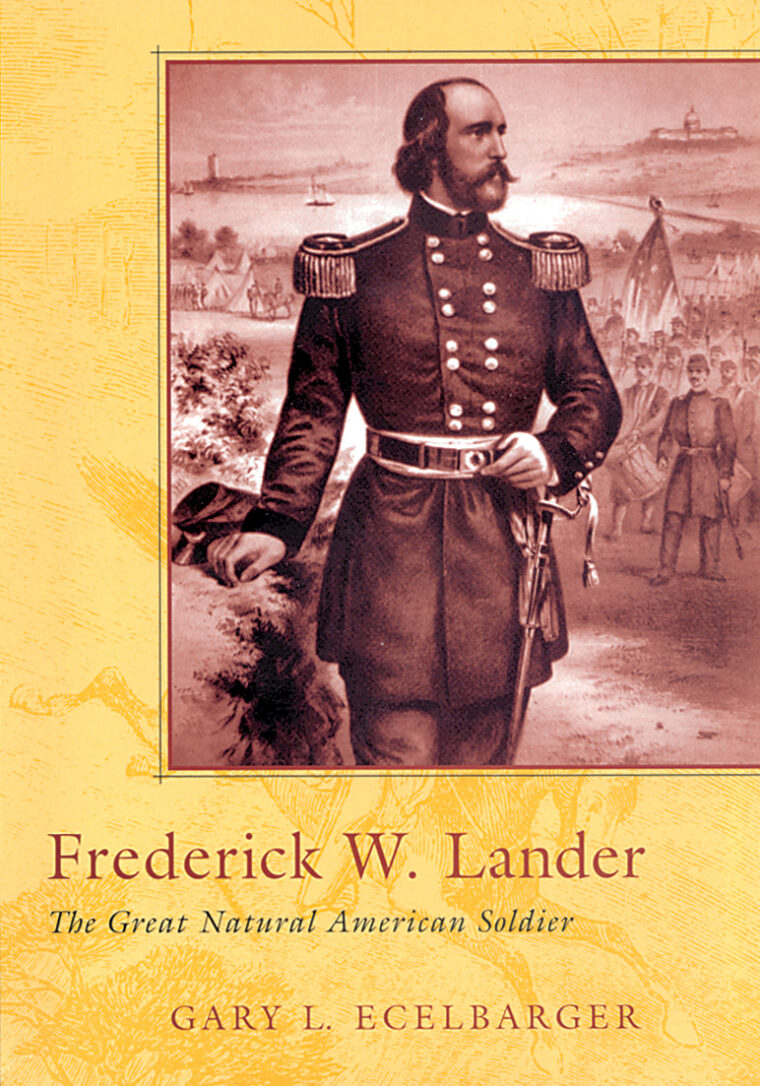
Frederick W. Lander: The Great Natural American Soldier, by Gary L. Ecelbarger, Louisiana State University Press, Baton Rouge, La., 2000, 347 pp., abbreviations, appendices, maps, illustrations, bibliography, notes, and index, $39.95 hardcover
Many historians have claimed that Frederick W. Lander has long deserved a biography. Civil War and antebellum era author Gary L. Ecelbarger has accommodated with Frederick W. Lander: The Great Natural American Soldier. Lander was tall, handsome, energetic, and had a bold and unwavering attitude. By the late 1850s his name was one of the most recognized in America. He was a gifted railroad and wagon-road engineer in the Western territories; popular speaker, author, negotiator with Native Americans; and an avid supporter of Abraham Lincoln.
Amazingly, even though he was one of the most popular Americans of that era, he quickly and tragically descended into “an abyss of obscurity.” Ecelbarger claims his lasting anonymity was due to his untimely death just before the opening of the Civil War.
With an energy that befits his subject, Ecelbarger brings to life this intriguing, romantic personality of the 19th century, tempting the reader to consider what Lander might have accomplished had he lived longer. Ecelbarger documents Lander’s flaws, attributes, and achievements to provide a biography that chronicles and analyzes the life of this once-forgotten hero.
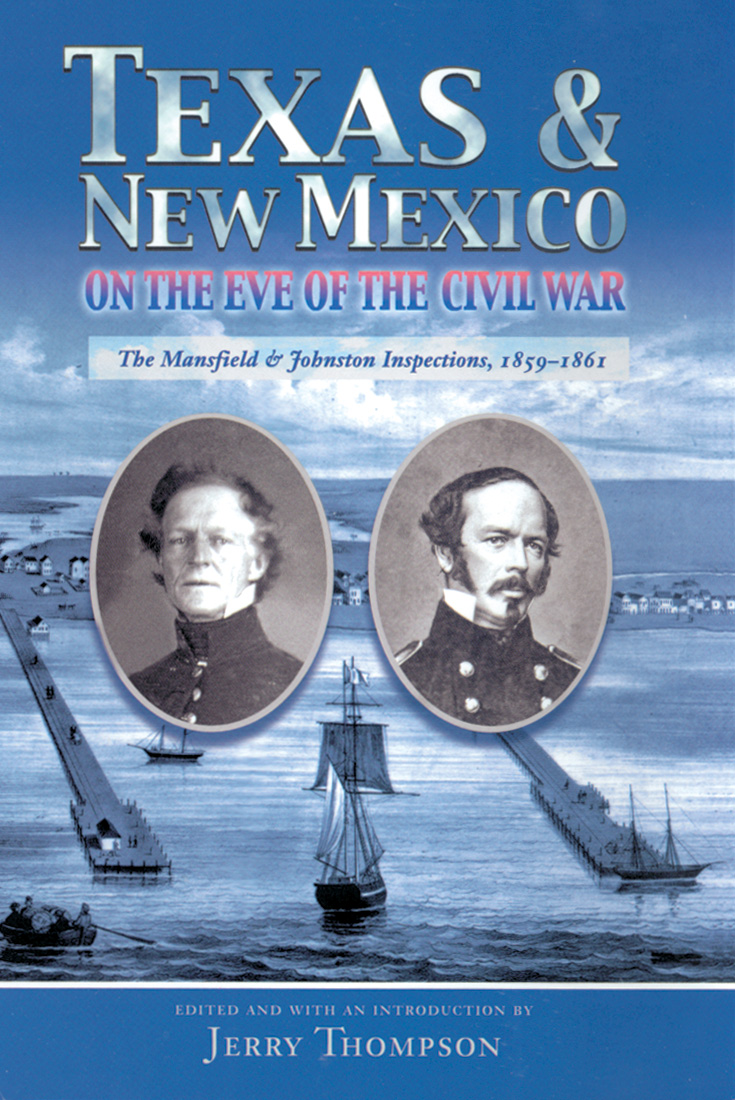
Texas & New Mexico on the Eve of the Civil War: The Mansfield & Johnston Inspections, 1859-1861, Jerry Thompson, ed., University of New Mexico Press, Albuquerque, NM, 2001, 264 pp., illustrations, photographs, maps, appendices, abbreviations, bibliography, notes, and index, $29.95 hardcover
From 1859 to 1861, Army officers Lt. Col. Joseph E. Johnston and Colonel Joseph K.F. Mansfield were charged with inspecting, investigating, and reporting on all matters affecting the efficiency, discipline, and welfare of the Army in the Department of Texas and New Mexico. Their reports to the U.S. Inspector General’s Office remain a definitive note in the history of the Southwestern United States. Civil War historian and author Jerry Thompson transcribes and presents the Mansfield and Johnston reports for the first time in Texas & New Mexico on the Eve of the Civil War.
Johnston’s and Mansfield’s field reports provide fascinating profiles of the personal and cultural aspects of U.S. Army Southwestern regulars. Of particular interest is the determination of the readiness status of each force as it stood on the eve of the American Civil War.
Thompson, dean of arts and humanities at Texas A&M International University in Laredo, is the author and editor of 16 books. This unique and important study illuminates a vital intersection of the histories of Texas and New Mexico during a precarious time for a young and growing nation. Esteemed author Robert M. Utley calls the Mansfield and Johnston reports “… major contributions not only to military history but also to all other themes of the ante-bellum history of Texas and New Mexico.” Jerry Thompson’s thorough and informed annotations make this book immensely more valuable.
Schirra’s Space, by Wally Schirra with Richard N. Billings, Naval Institute Press, Annapolis, Md., Four audiocassettes (100 minutes), $29.95
This set of audiotapes provides a provocative narrative filled with fascinating anecdotes. Schirra’s Space is the autobiography of one of America’s first astronauts. Wally Schirra was the only one of the original seven NASA astronauts to command a spacecraft in all three pioneering space programs—Mercury, Gemini, and Apollo.
This autobiography is immeasurably entertaining and thought provoking. Not only is it a chronological depiction of the making of a nation’s space program, but it is also a revealing inside look at the early days of space flight and the men who captured the hearts of the nation. Schirra, a 1945 graduate of Annapolis and stunt pilot turned astronaut, takes us on a cosmic journey on his 1962 Mercury flight that orbited Earth six times, and aboard Gemini for the first rendezvous of two manned craft in space.
Extraordinarily honest and audaciously candid in his discussions about the pressures, tensions, and dangers associated with the space program, Schirra describes what it was like as a pioneer astronaut. Schirra’s Space is a fine addition to the Naval Institute Press’s “Now Hear This” audio collection.
In Brief
Seven Days in January: With the 6th SS-Mountain Division in Operation NORWIND, by Wolf T. Zoepf, The Aberjona Press, 2001, 299 pp., maps, illustrations, tables, photographs, notes, bibliography, and index, $19.95 softcover
The Aberjona Press continues to publish the best in military accounts, offering here a look at the German SS-Mountain Infantry Regiment 12 of the 6th SS-Mountain Division NORD. Seven Days in January by Wolf T. Zoepf includes an authoritative and complete depiction of the division’s more than three years of combat against the Soviets in northern Karelia. Although the campaign is relatively unknown it is an intriguing prelude to the book’s main purpose, a detailed account of the unit’s action against the U.S. Seventh Army in the Low Vosges Mountains during January 1945, otherwise known as Operation NORDWIND.
This meticulously researched book is more than a chronological regurgitation of facts. Complete with 36 maps, photographs, and an immaculate display of editorial skills by the publisher, Seven Days in January is a literary masterpiece. Aberjona Press continues to find gold nuggets of history, consistently revealing them for the first time in print.
Historical Dictionary of the US Army, Jerold E. Brown, ed., Greenwood Press, Westport, Conn., 2001, 659 pp., appendices, abbreviations, contributor biographies, notes, bibliography, and index, $99.50 hardcover
Historical Dictionary of the US Army provides researchers with a broad cross-section of military terms, concepts, arms and equipment, units and organizations, campaigns and battles, and significant individuals. Jerold Brown, an Associate Professor and Fellow of the Combat Studies Institute of the U.S. Army Command and General Staff College at Fort Leavenworth, Kansas, has included over 900 entries written by over a hundred scholars.
The U.S. Army has evolved over the past two and a quarter centuries to become the premier military force in the world and has a heritage rich in history and tradition. Brown has compiled those elements that define the U.S. Army. If there were one World War II reference book I would buy this year, Historical Dictionary of the US Army would be it.
Quotations on the Vietnam War, compiled and edited by Gregory R. Clark, McFarland & Company, Jefferson, NC, 2001, 291 pp., abbreviations, notes, references, and index, $65.00 hardcover
More than three thousand quotes on the most controversial conflict in American military history make up Gregory R. Clark’s Quotations of the Vietnam War. Arranged by date, it includes historic quotes from famous, nonfamous, and infamous individuals. The final section is a collection of generally undated proverbs, graffiti, and comments that describe war in general and capture the Vietnam experience in particular. Each quotation includes the speaker and the time or occasion that prompted it, as well as background information on the utterance and the events to which it refers.
Silent Victory: The US Submarine War against Japan, by Clay Blair, Jr., Naval Institute Press, Annapolis, Md., 2001, 1071 pp., photographs, maps, notes, bibliography, and index, $32.50 softcover
With the content of an authoritative reference and the excitement of a military novel, Clay Blair’s history of the U.S. submarine war is one of the best Pacific war books on the market. Blair is an esteemed author and ex-submariner. He combines his abilities as a writer and his knowledge of the deep sea to offer a seminal look at the silent warriors who courageously battled the Imperial Japanese Navy. This thoroughly researched account describes the development of the submarine and torpedo from prewar to postwar times. The book is more than just a history, but also provides a unique look at life on board during some of the Navy’s most daring submarine runs. Complementing the personal nature of this fine nonfiction work are intriguing photographs, nearly 40 maps, multiple appendixes (including a calendar of submarine war patrols), and an index of over two thousand entries. This is an incredible scholarly contribution to naval warfare.
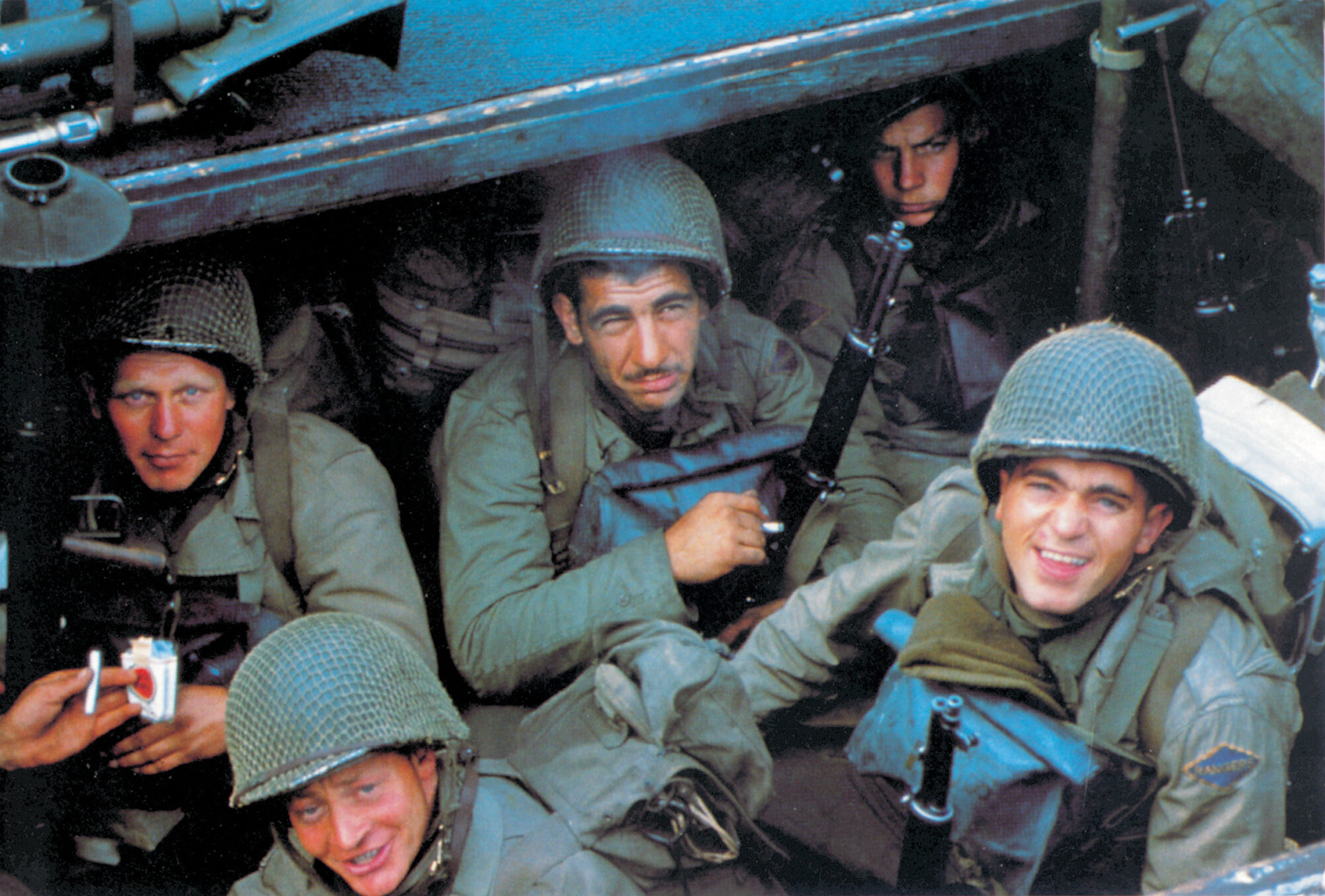
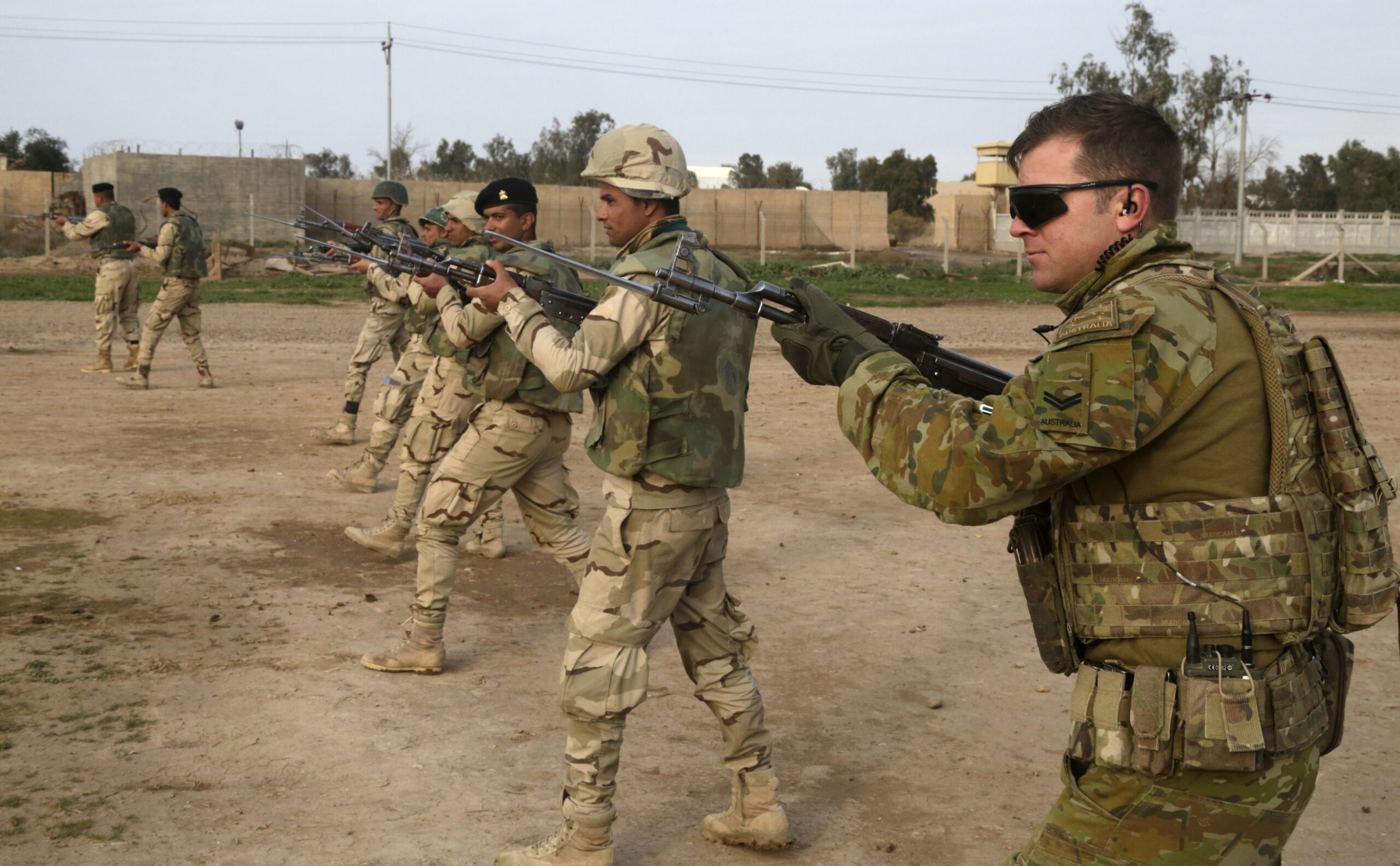
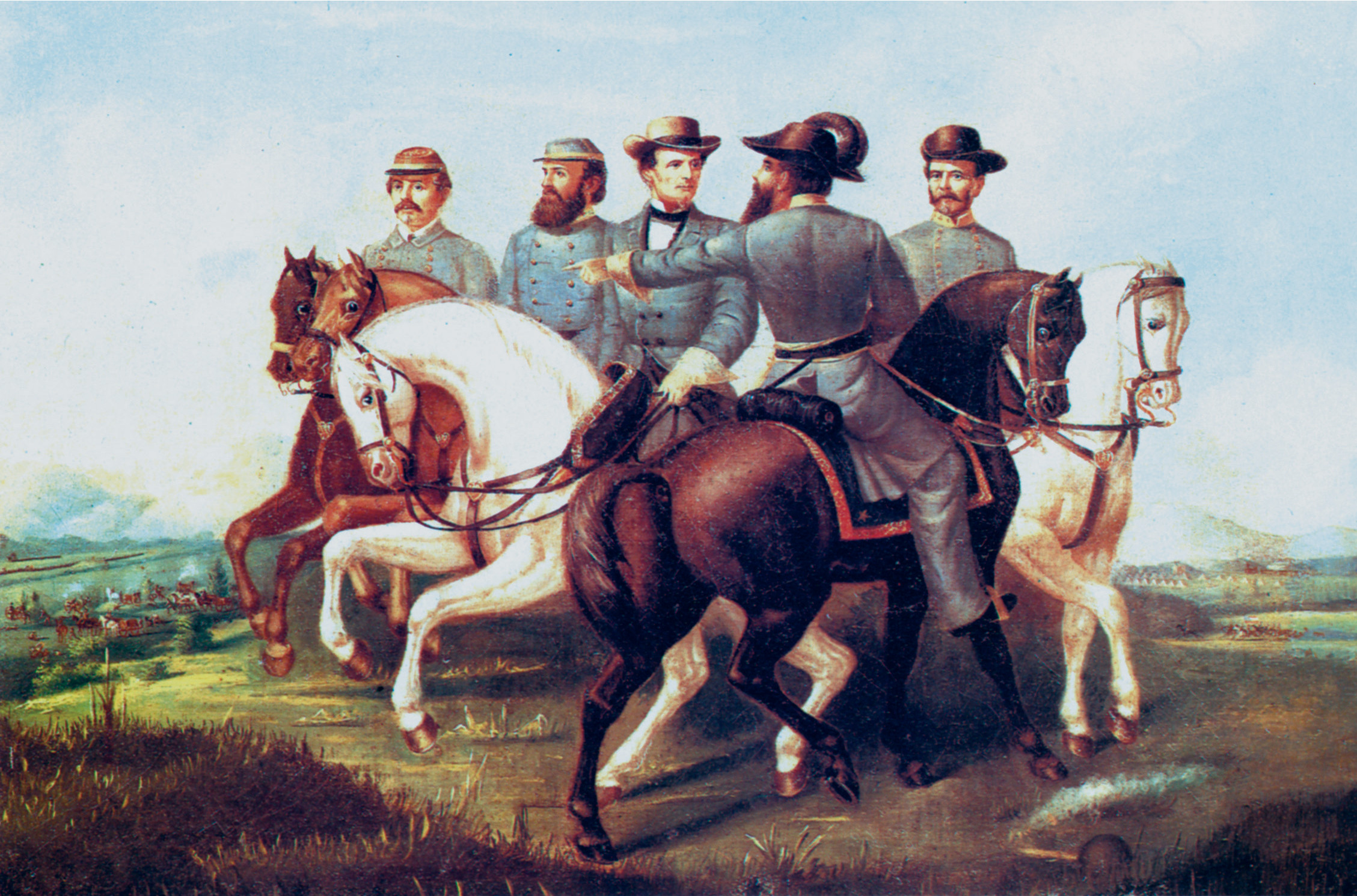
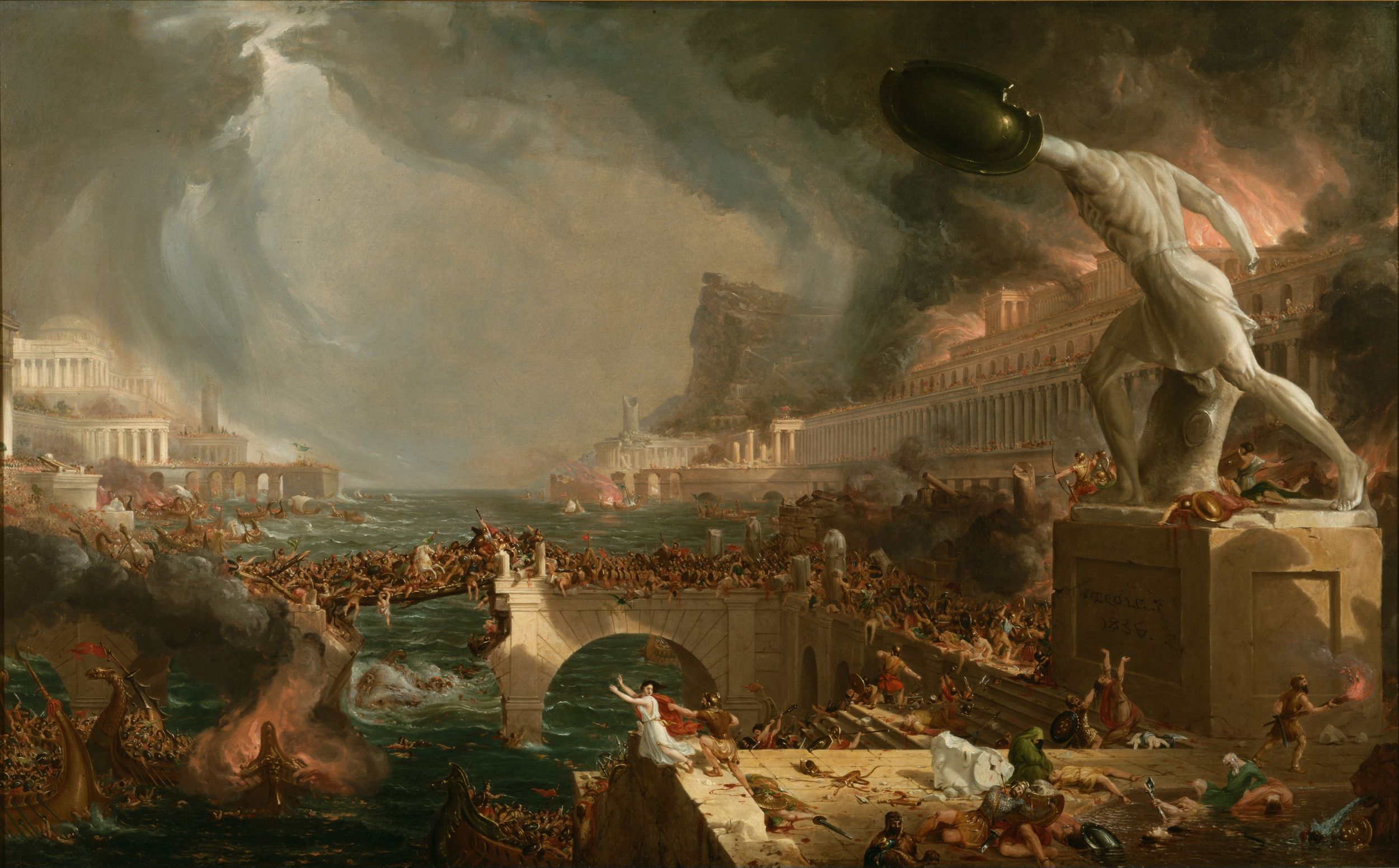
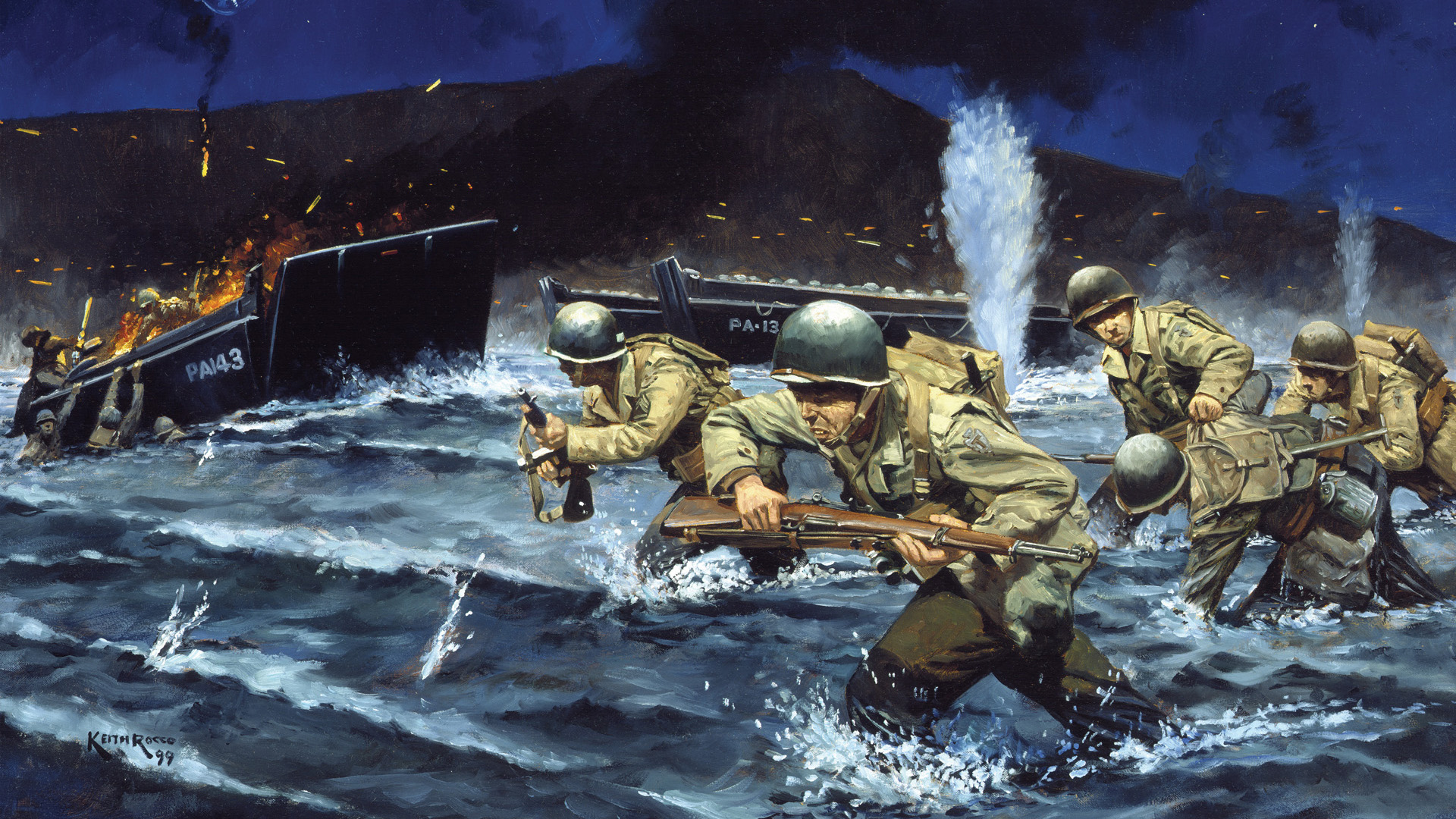
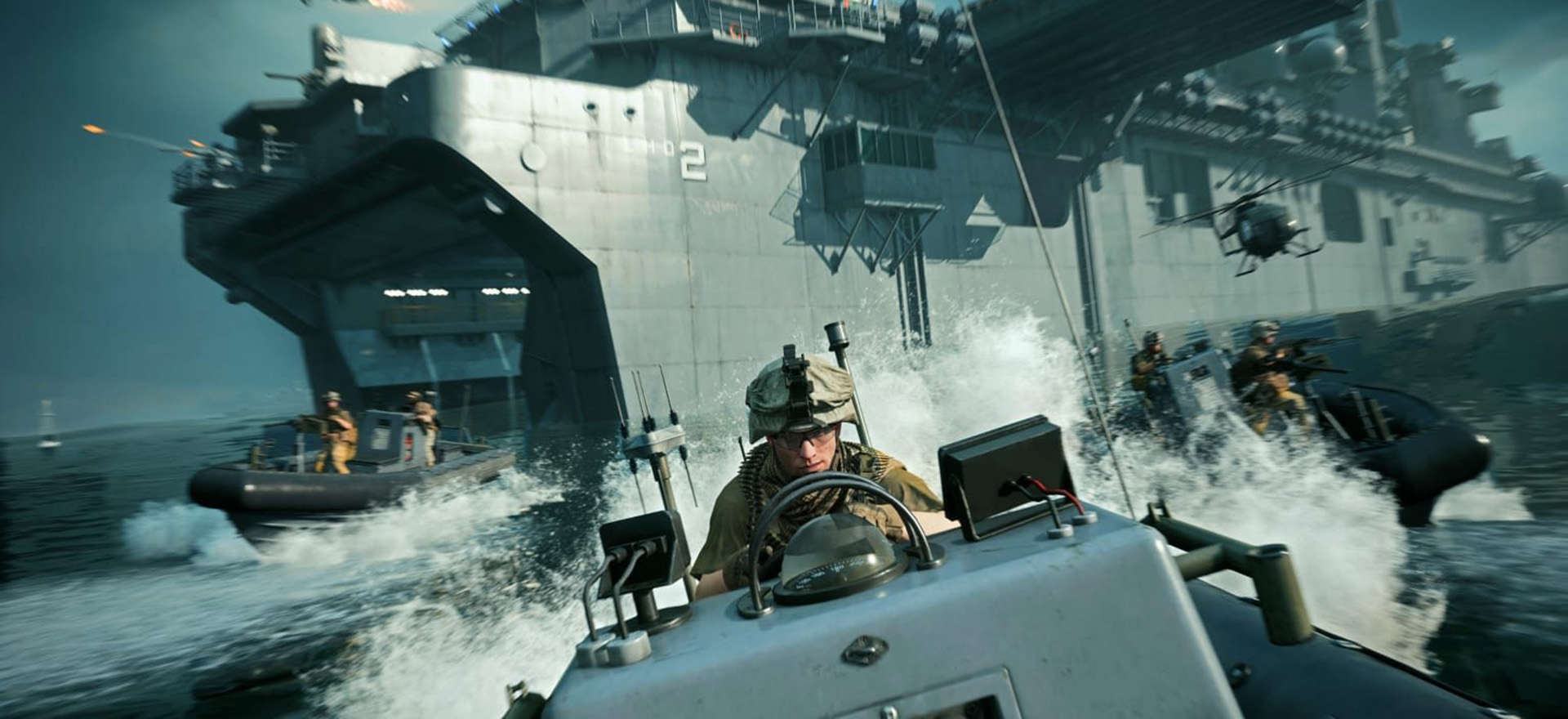
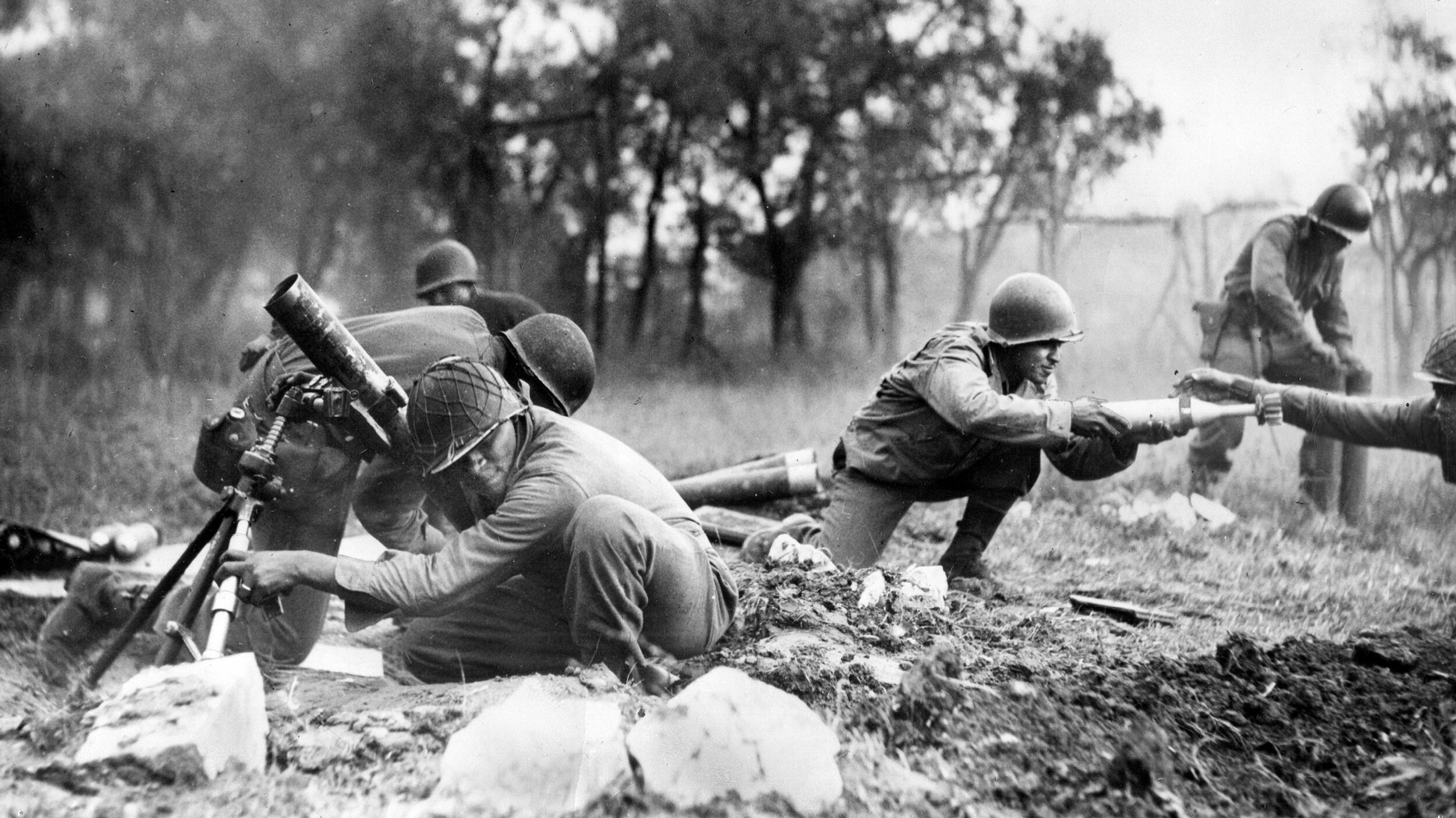
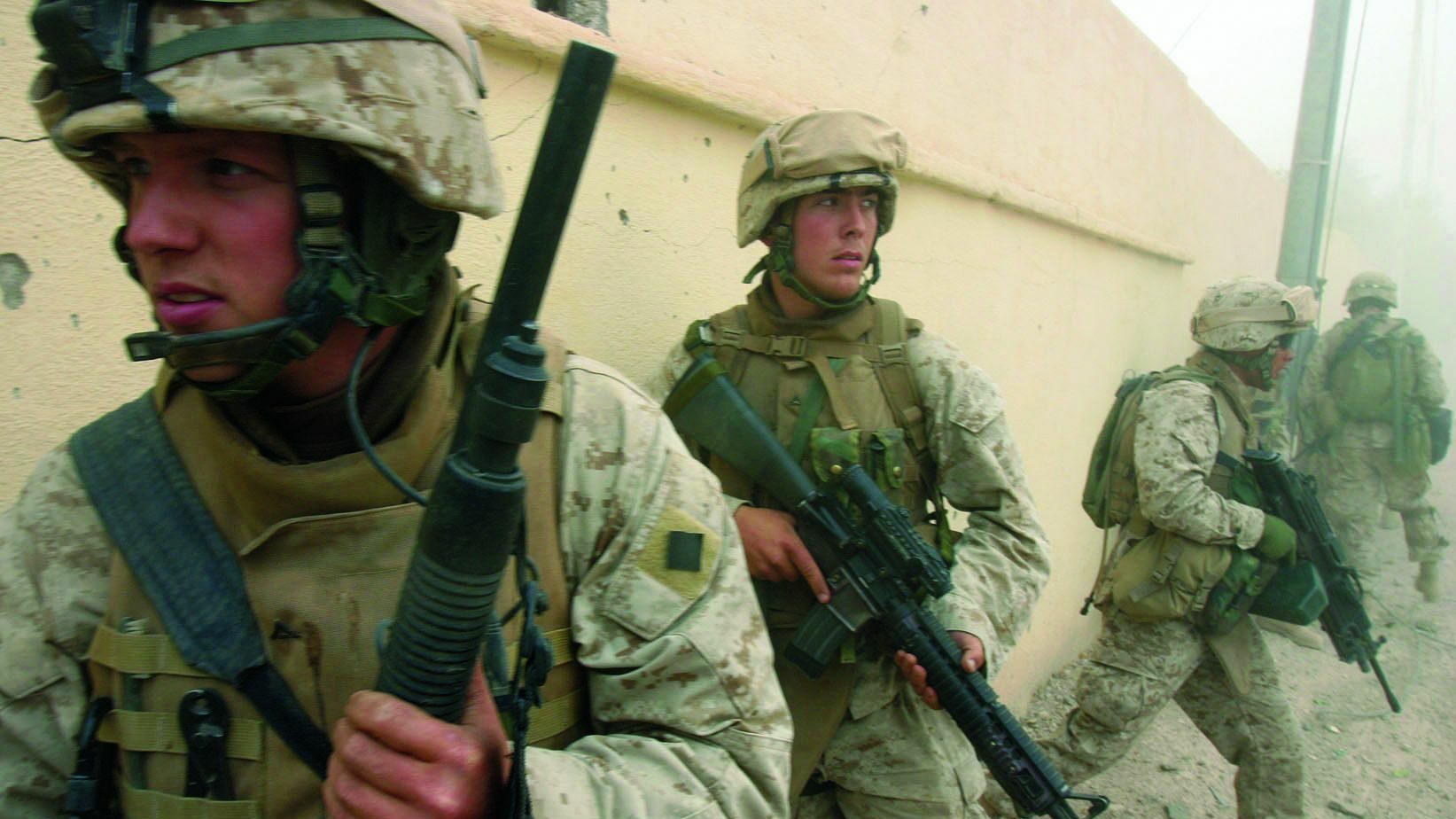
Join The Conversation
Comments
View All Comments